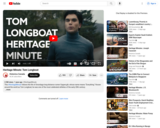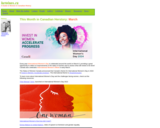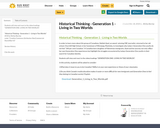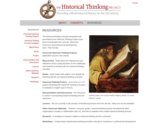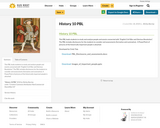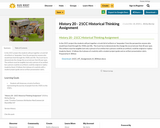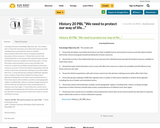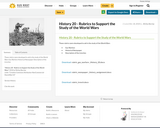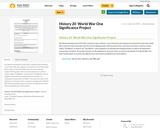
Ideas like liberty, freedom, and self-determination were hot stuff in the late 18th century, as evidenced by our recent revolutionary videos. Although freedom was breaking out all over, many of the societies that were touting these ideas relied on slave labor. Few places in the world relied so heavily on slave labor as Saint-Domingue, France's most profitable colony. Slaves made up nearly 90% of Saint-Domingue's population, and in 1789 they couldn't help but hear about the revolution underway in France. All the talk of liberty, equality, and fraternity sounds pretty good to a person in bondage, and so the slaves rebelled. This led to not one but two revolutions, and ended up with France, the rebels, Britain, and Spain all fighting in the territory. Spoiler alert: the slaves won. So how did the slaves of what would become Haiti throw off the yoke of one of the world's great empires? John Green tells how they did it, and what it has meant in Haiti and in the rest of the world.
- Subject:
- History
- Social Studies
- Material Type:
- Activity/Lab
- Author:
- Crashcourse
- Date Added:
- 02/15/2019

